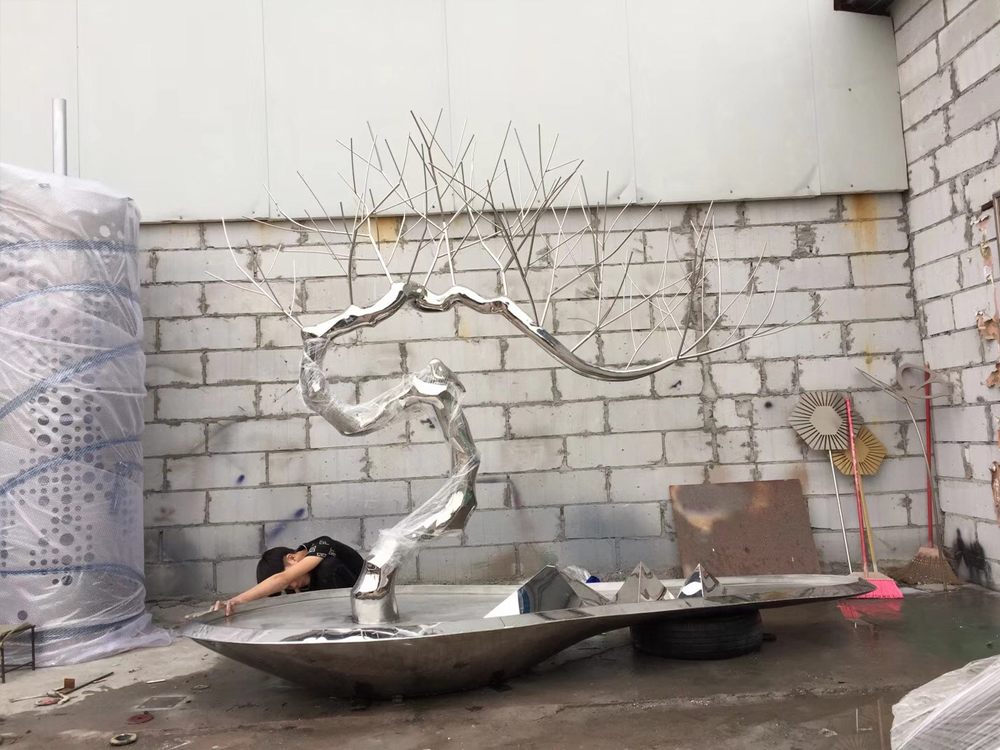
In the realm of contemporary art, porcelain sculptures have emerged as a powerful medium for challenging conventional beauty standards. Artists today manipulate this ancient material to create works that defy symmetry, perfection, and traditional aesthetics, instead embracing asymmetry, raw textures, and provocative forms.
One approach involves deconstructing classical techniques—artists intentionally introduce cracks, warping, or uneven glazes to celebrate imperfection. Others incorporate mixed media, embedding metals or recycled materials into porcelain to question material hierarchies. Some creators even design intentionally "ugly" or unsettling pieces, using grotesque proportions or unsettling themes to provoke emotional responses.
The process often begins with subverting traditional craftsmanship. While mastering wheel-throwing or slip-casting, artists deliberately introduce controlled accidents—uneven drying, calculated collapses, or aggressive carving—to break from porcelain's reputation for delicate perfection. Contemporary makers also experiment with scale, from monumental fragile installations to miniature distorted figures that require close inspection.
Digital tools further expand possibilities, with 3D-printed porcelain allowing impossible geometries that handcrafting couldn't achieve. This technological fusion creates sculptures that appear both organic and alien, blurring lines between natural beauty and artificial intervention.
Ultimately, these artists use porcelain's historical association with refinement to make their rebellion more potent. By transforming a material synonymous with aristocratic elegance into a vehicle for radical expression, they force viewers to reconsider what truly constitutes beauty in art.

